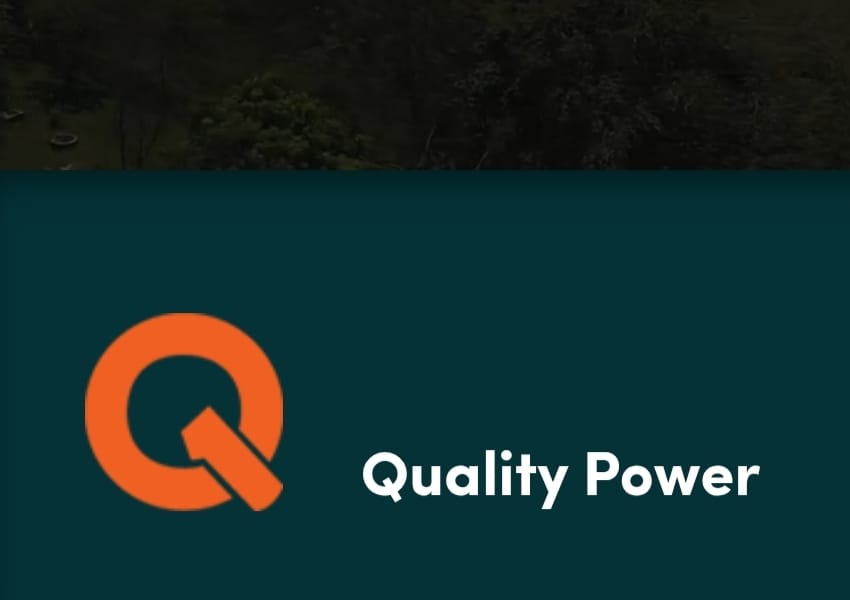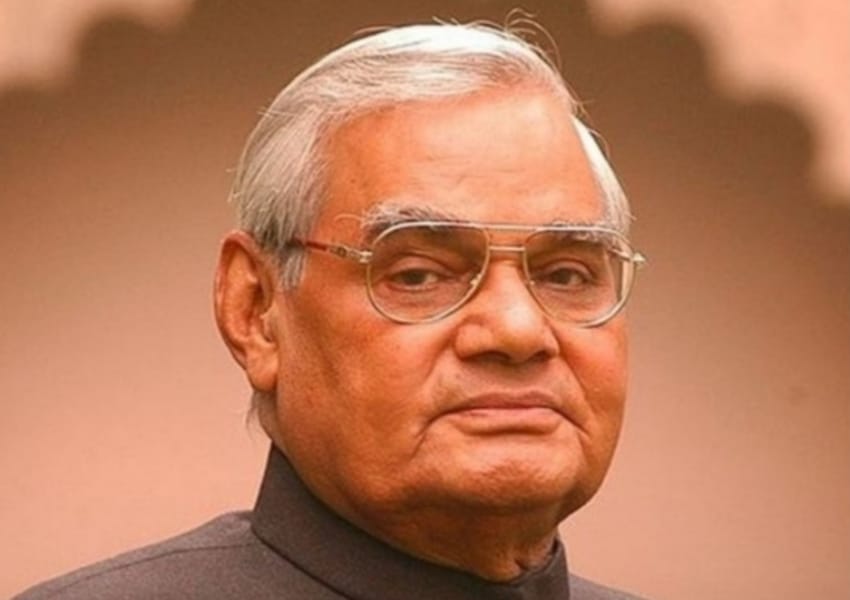India Net Zero Ambition Faces £101 Billion Financing Gap

Even though the global target’s implications for individual countries remain unclear, achieving a threefold increase in renewable capacity by 2030 seems attainable, given India’s NEP14 plans for a substantial rise in renewables
India is already planning a more than threefold increase in renewable energy capacity by 2030. However, to build capacity of this scale, it will need to find 293 billion in funding, according to a report released Wednesday by global think tank Ember. Beyond this, to align with the net-zero scenario proposed by the International Energy Agency (IEA), raising an additional USD 101 billion in financing is crucial.
The president of COP28 has urged a global agreement to triple renewable capacity by 2030.
Even though the global target’s implications for individual countries remain unclear, achieving a threefold increase in renewable capacity by 2030 seems attainable, given India’s NEP14 plans for a substantial rise in renewables, as per the report.
In the IEA’s net-zero pathway, the report suggests that India would need to set higher targets than its current plan, requiring 32 percent solar and 12 percent wind generation by 2030.
To achieve these solar and wind generation levels, India must build an additional capacity of 115 GW of solar and 9 GW of wind by 2030, on top of the targets set in NEP14. This would elevate India’s total renewable capacity to 448 GW of solar and 122 GW of wind by 2030.
Between 2023 and 2030, an investment of £293 billion is necessary for India to meet its existing solar and wind targets, according to the analysis. The report estimates that this investment is essential to place India on the path to more than triple its renewable capacity by the 2030s.
The analysis shows that to scale up the country’s renewable capacity target further to align with the IEA net-zero pathway, India must secure an additional 101 billion pound in financing for capacity building in solar, wind, storage, and transmission.
However, the analysis highlights investment risks for renewable projects in India, including payment delays and regulatory challenges contributing to financing barriers.
The financial requirements to achieve both the NEP14 target and the IEA net-zero scenario far exceed the current investment and funding capacities available in India, the report suggests.
To achieve heightened ambitions, India’s financing capacity must nearly triple on average by 2030, reaching an average investment capacity of approximately USD 75 billion over the next eight years, according to the report.
(Inputs from outlook planet)















































































































































































































































































































































































































































































































































































































































































































































































































































































































































































































































































































































































